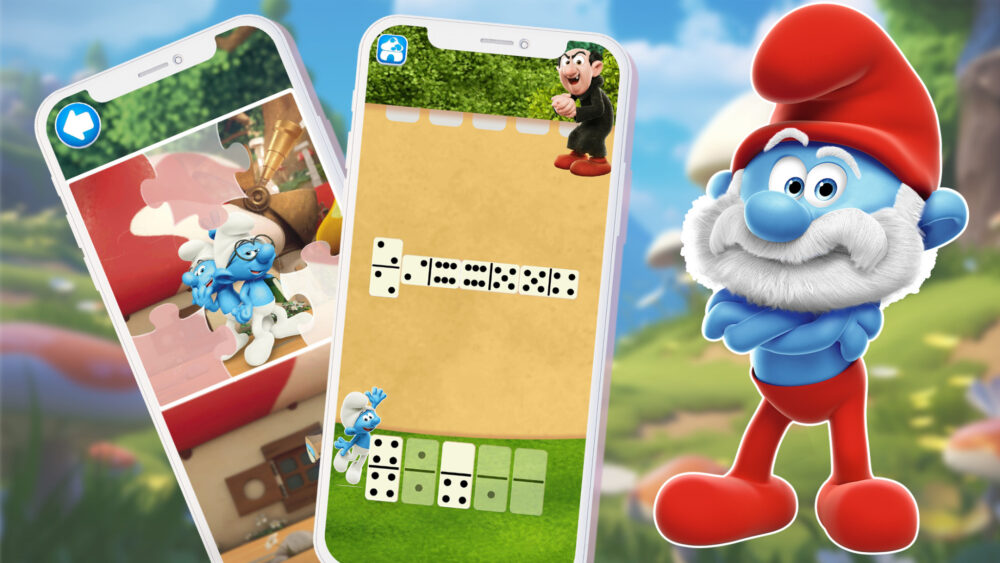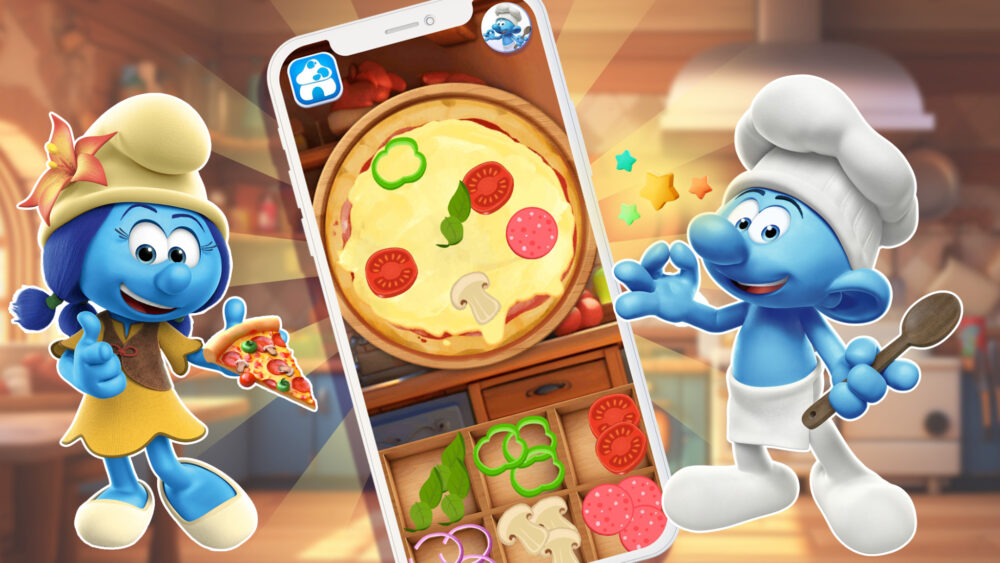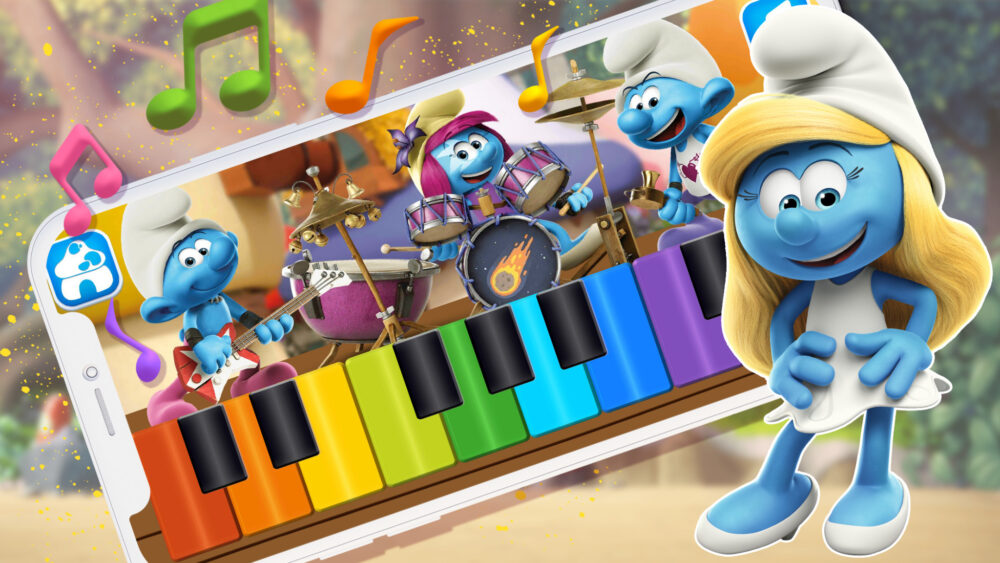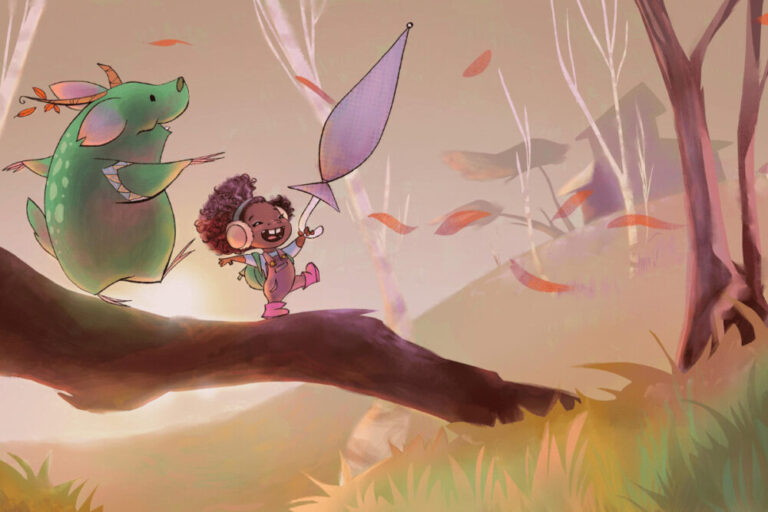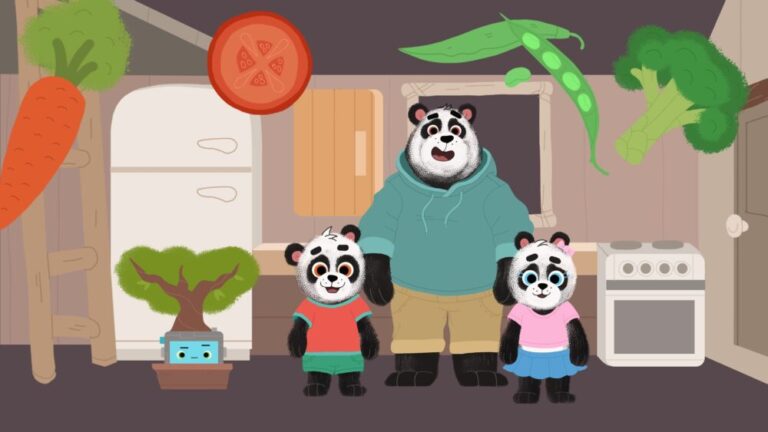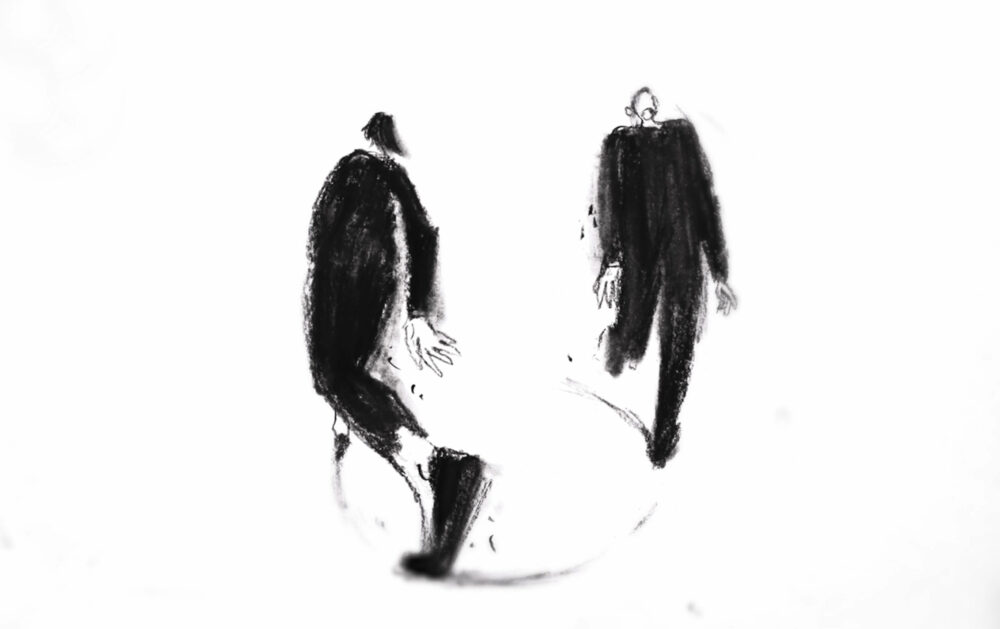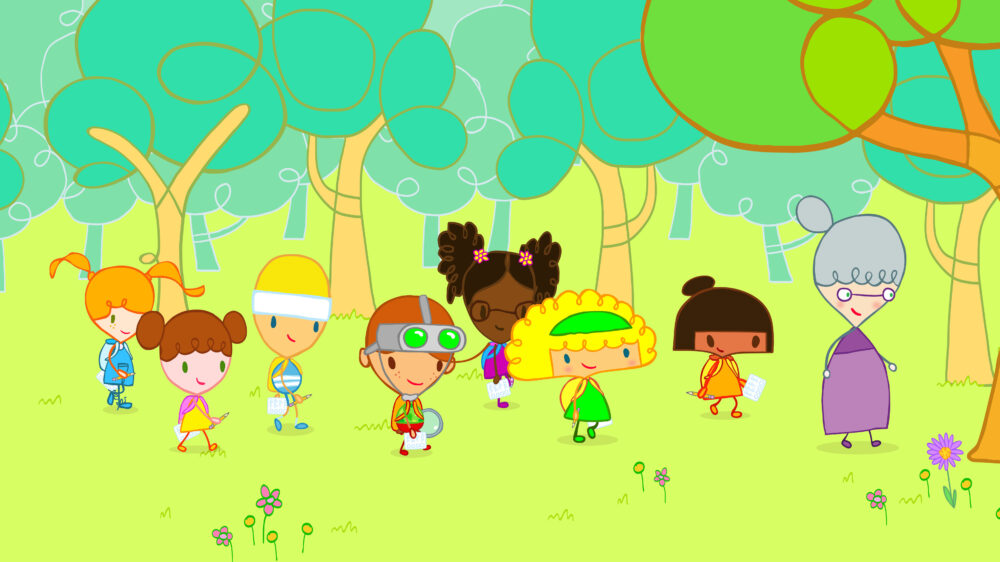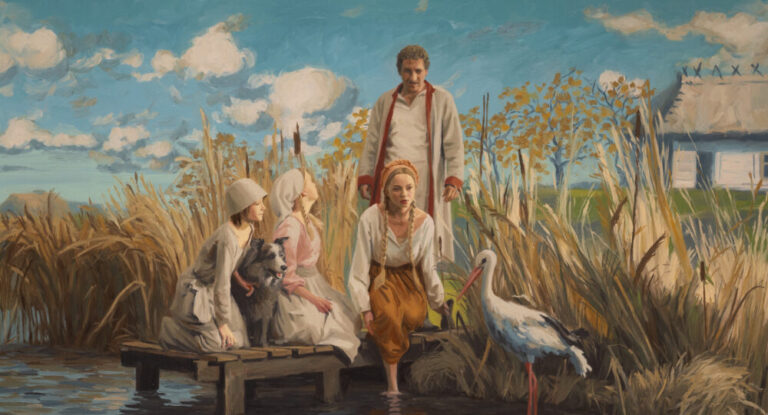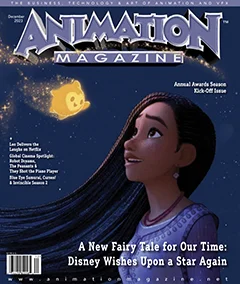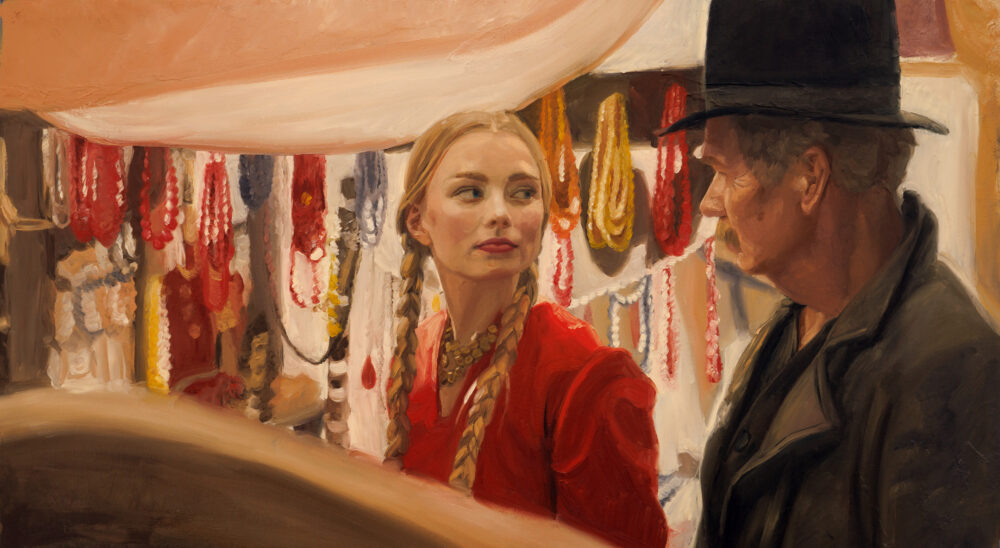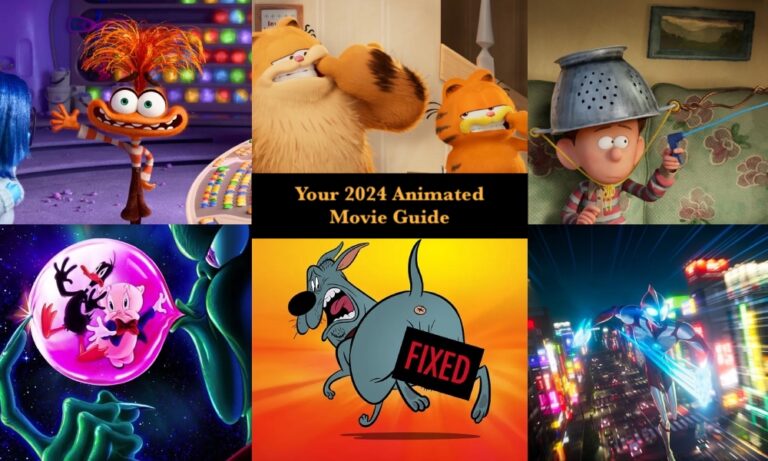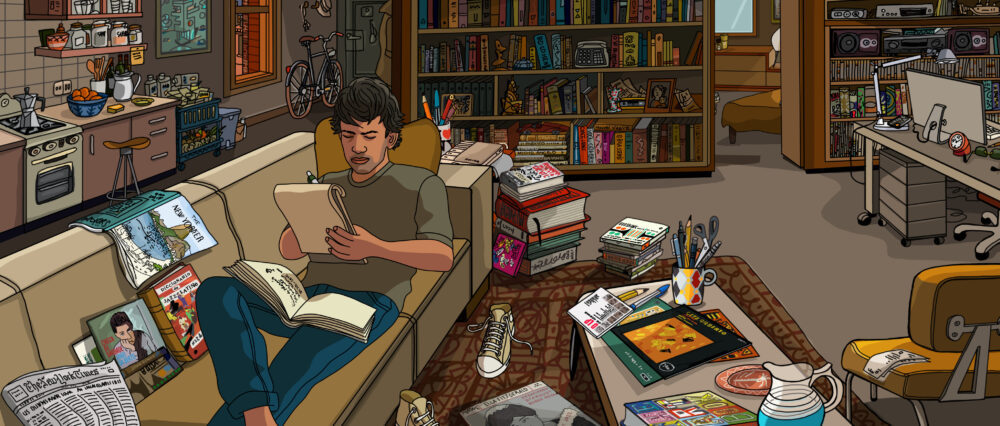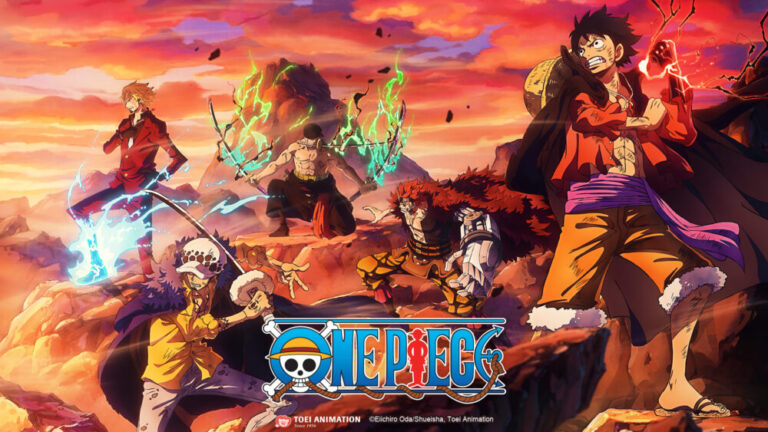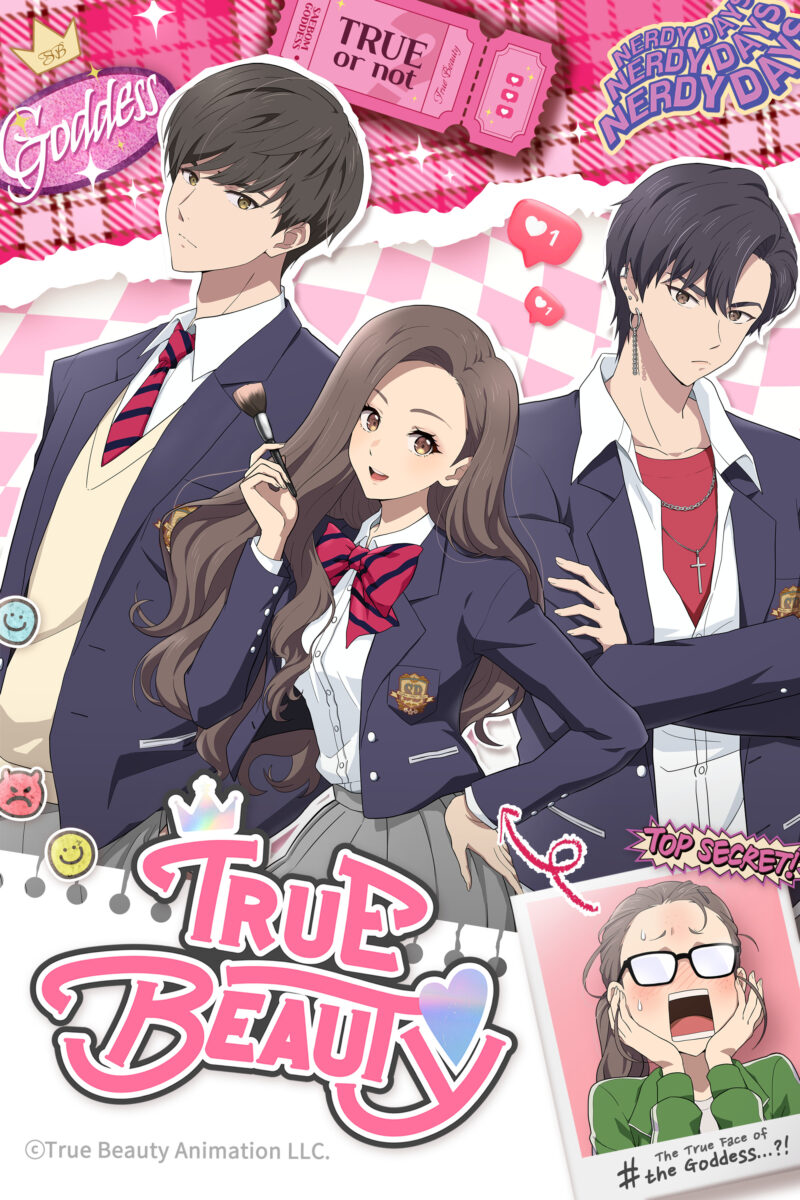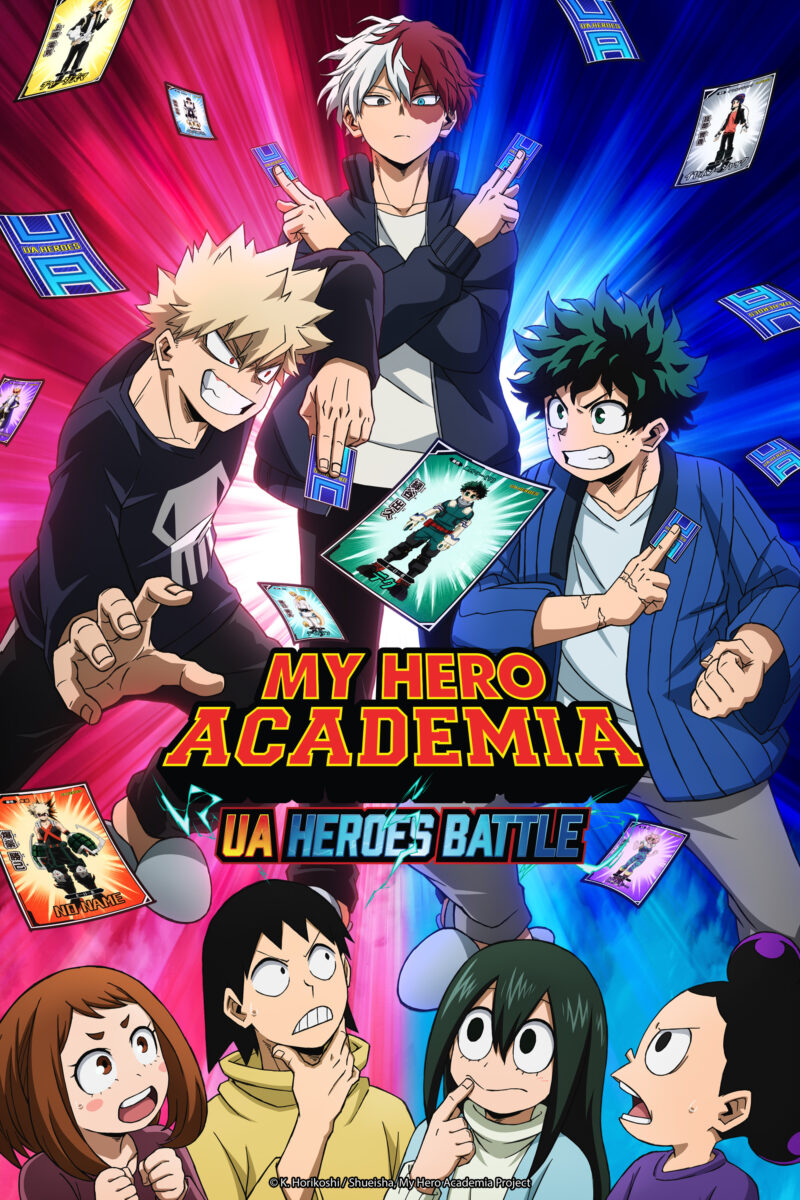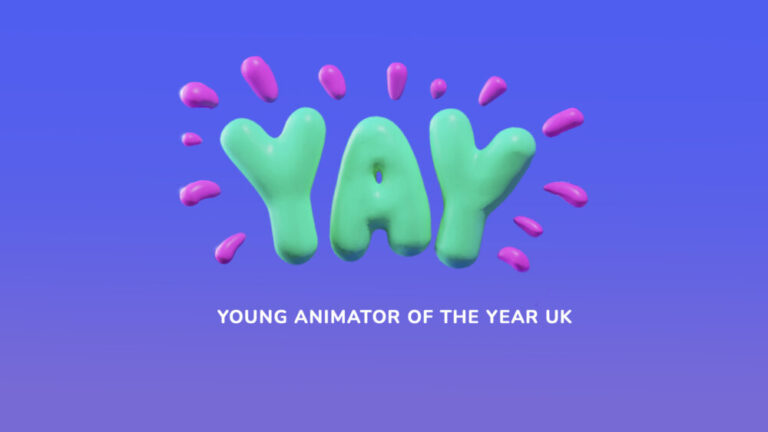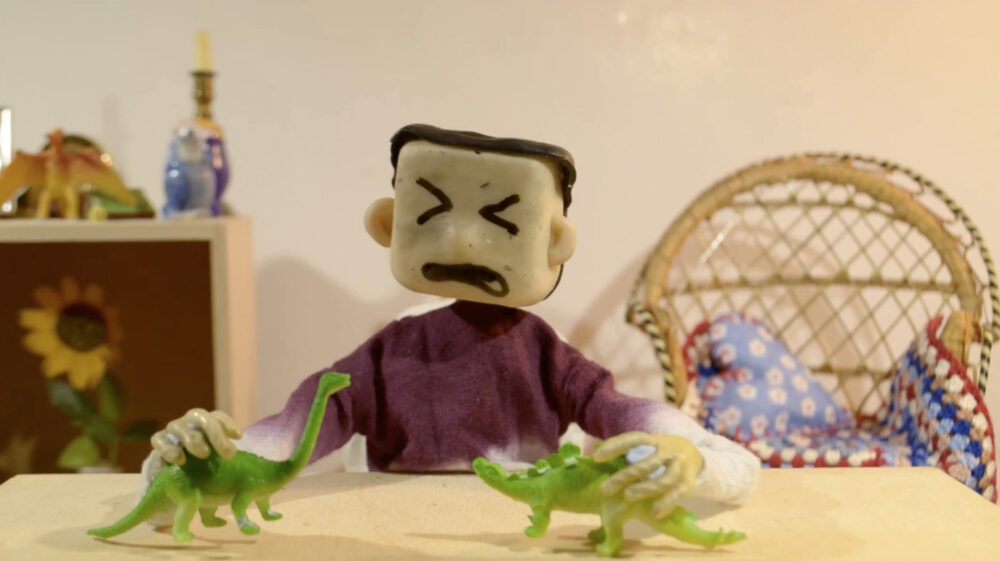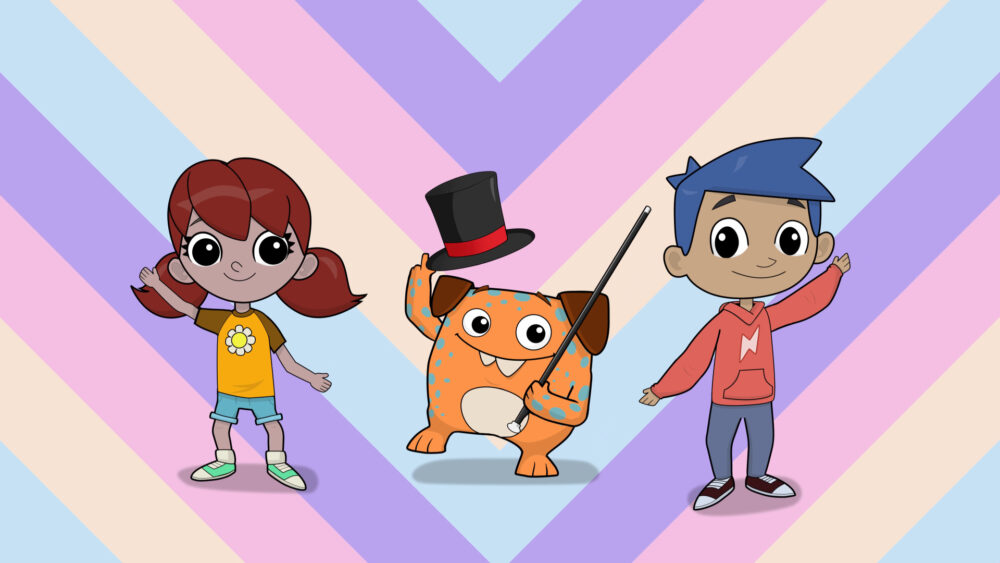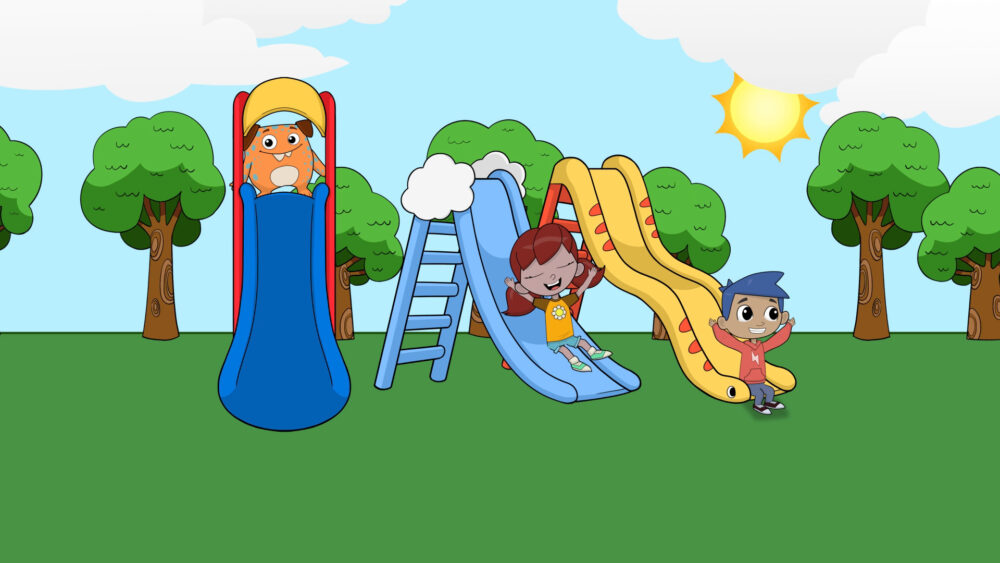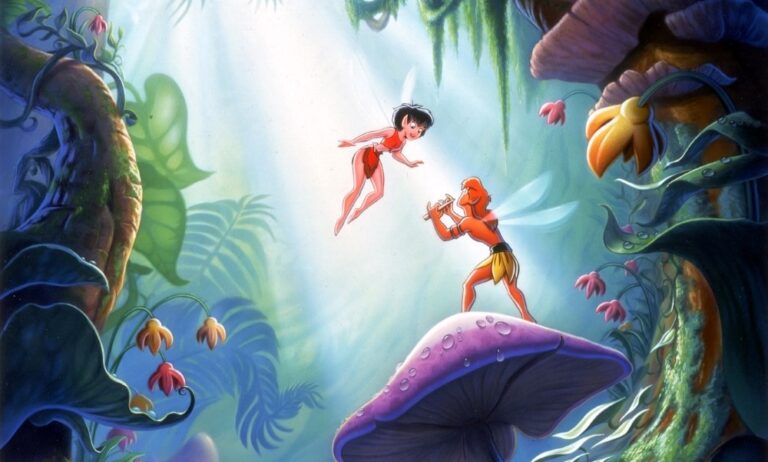As we enter the final weeks of the year, we thought it would be a good idea to take a sneak peek at some of the biggest animated movies coming our way in 2024. Of course, the “official” release dates of these titles are bound to change, especially due to delays resulting from the actors strike in Hollywood. Just consider this a relatively reliable road map of what we can look forward to in the next 12 months!
The Day the Earth Blew Up: A Looney Tunes Movie. Daffy Duck and Porky Pig join forces to save the world from aliens in this first 2D-animated Looney Tunes movie made for the big screen. Directed by Peter Browngardt (Looney Tunes Cartoons). Warner Bros. Animation
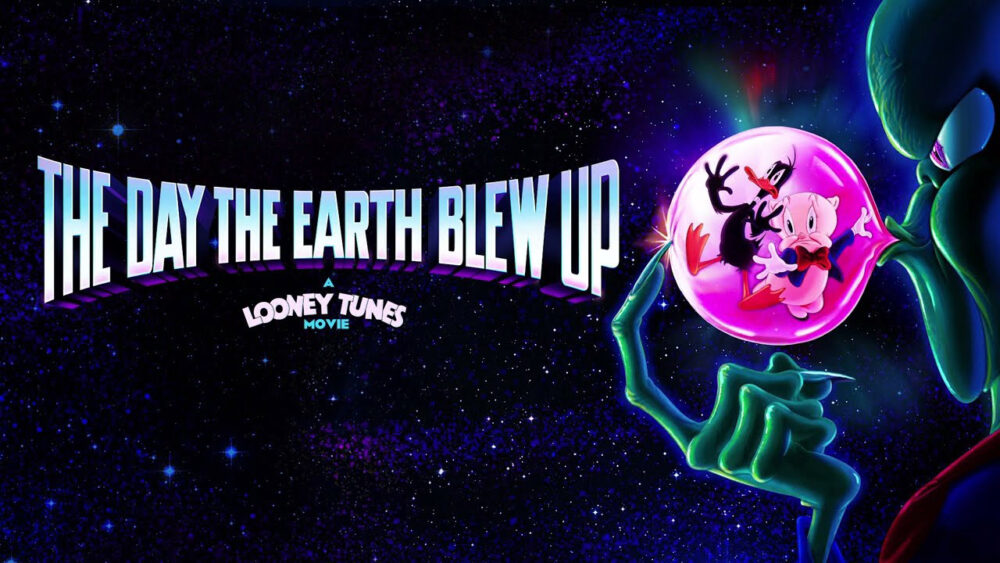
Despicable Me 4. Evil mastermind Gru and the adorable Minions are back for another installment in the popular franchise. With the voices of Steve Carell, Kristen Wiig, Miranda Cosgrove and Steve Coogan. Directed by Patrick Delage, Chris Renaud. Illumination/Universal; July 3

Doraemon: Nobita’s Earth Symphony. In this musically themed outing, Doraemon and friends go on an adventure to meet new friends, connect with people through music and save the world from a major disaster. Kazuaki Imai directs this 42nd film in the franchise. Toho/Shin Ei; March
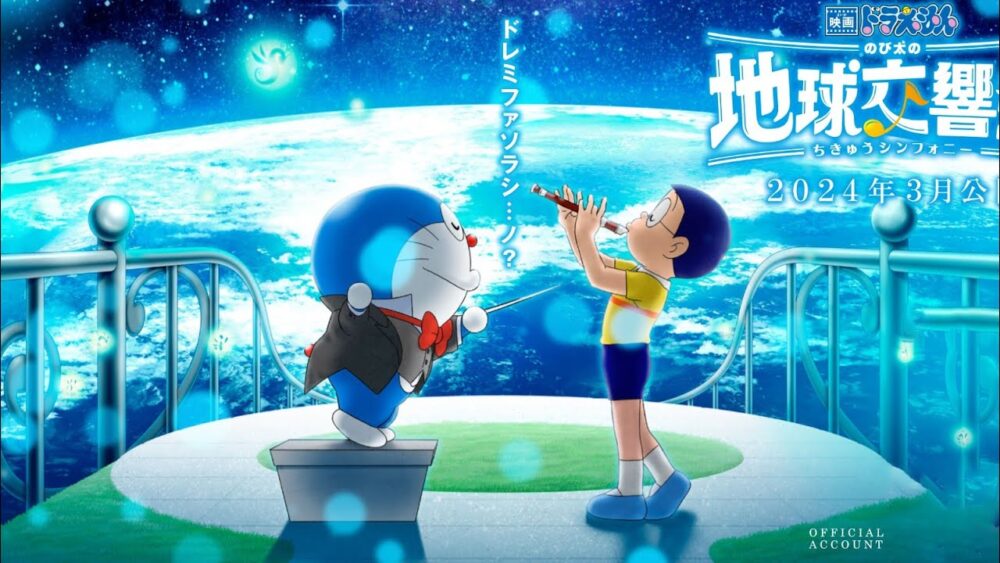
Dragonkeeper. Directed by Salvador Simó (Buñuel in the Labyrinth of the Turtles), this Spanish-Chinese co-pro centers on an orphaned slave girl in ancient China named Ping who befriends one of the last imperial dragons. With the voices of Bill Nighy, Bill Bailey, Anthony Howell and Mayalinee Griffiths. Guardian de Dragones, China Film Animation, SC Films Intl.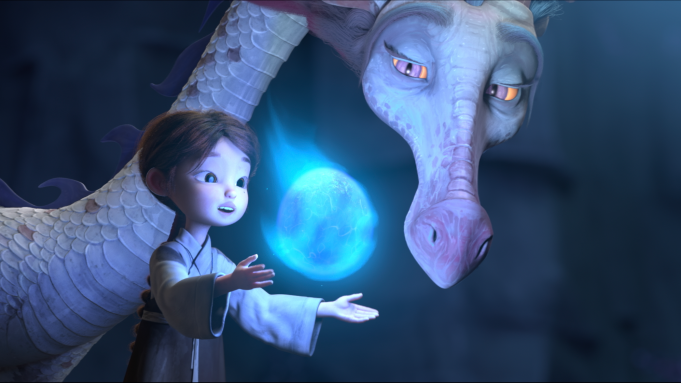
Fixed. When our canine hero Bull (voiced by Adam DeVine) realizes that he’s going to be neutered the following morning, his friends treat him to one last day of fun before his operation. Animation icon Genndy Tartakovsky directs this R-rated 2D-animated comedy. With Idris Elba, Kathryn Hahn and Fred Armisen. Sony Pictures Animation/New Line Cinema
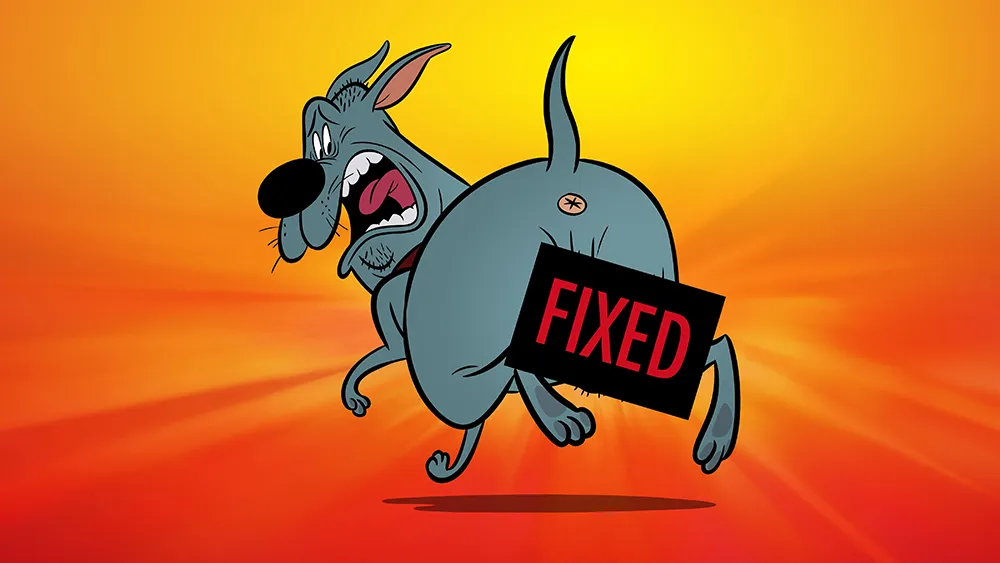
The Garfield Movie. Mark Dindal (The Emperor’s New Groove) is directing this CG-animated pic based on Jim Davis’ lazy, lasagna-loving tabby cat. Chris Pratt voices the feline hero, alongside Samuel L. Jackson, Nicholas Hoult, Cecily Strong, Hannah Waddingham, Brett Goldstein, Bowen Yang and Ving Rhames. Sony/Alcon/DNEG; May 24
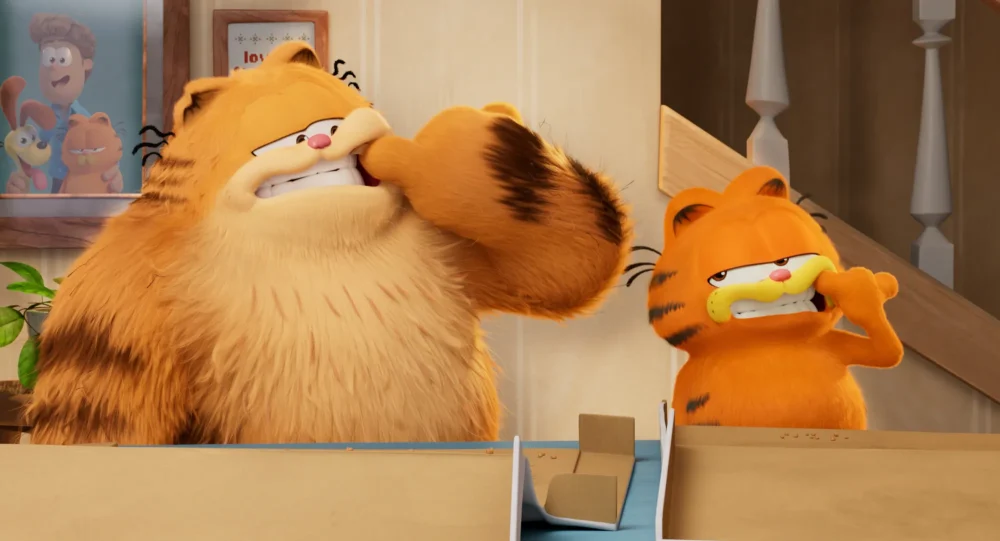
Giants of La Mancha. Alfonso, the 11-year-old heir of Don Quixote, and his three imaginary rabbit friends try to save their beloved town of La Mancha from a huge storm. Directed by Gonzalo Gutierrez. GF Films/Studio 100 Media/GG VFX/Studio Isar/3 Doubles
Harold and the Purple Crayon. The popular children’s book about a boy and his adventures with a magical crayon comes to life in a hybrid live-action and animated movie, directed by Carlos Saldanha (Ice Age, Rio movies, Ferdinand). With Zachary Levi, Lil Rel Howery and Zooey Deschanel. Sony/Columbia; Aug. 2

The Imaginary. Directed by Yoshiyuki Momose, this much-anticipated movie is based on A.F. Harrold’s novel about a young girl named Amanda who is coping with emotional loss and a world of invisible imaginary characters who are doomed to be destroyed when they’re forgotten. Studio Ponoc/Netflix; Dec. 15, 2023 (Japan), TBA 2024 (U.S.)

In Your Dreams. In this comedy adventure, two very different brothers magically travel into the world of dreams to find The Sandman so he can save their parents’ marriage. Co-directed by Alex Woo and Erik Benson. Kuku Studios/Netflix
The Inseparables. Adapted by Bob Barlen and Cal Brunker (PAW Patrol: The Movie) from an original idea by Toy Story writers Joel Cohen and Alec Sokolow, this CG family movie centers on a runaway puppet and an abandoned stuffed animal who cross paths in Central Park. Directed by Jérémie Degruson (Son of Bigfoot). nWave Pictures/Octopolis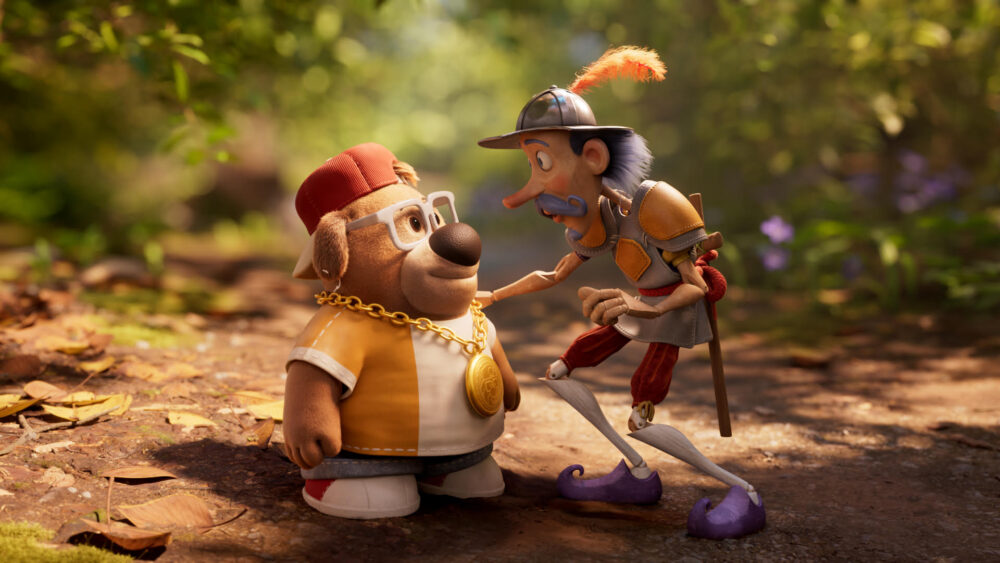
Inside Out 2. Pixar’s 28th feature and the sequel to the Oscar-winning 2015 movie follows the same young girl, Riley, who discovers new emotions ruling her world as she gets older. Directed by Kelsey Mann in his feature debut and penned by Meg LeFauve, and featuring the voices of Amy Poehler, Phyllis Smith, Lewis Black, Tony Hale, Liza Lapira, and Maya Hawke (as Anxiety). Disney/Pixar; June 9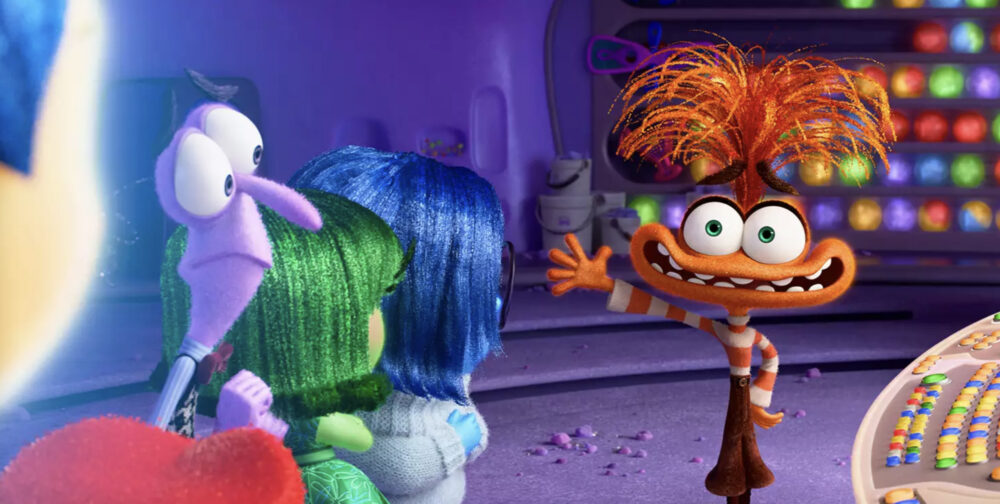
Justice League: Crisis on Infinite Earths, Part 1. An animated adaptation of the popular comic-book series by Marv Wolfman and George Pérez (1985-86) in which the Anti-Monitor is unleashed on the DC Multiverse and begins to destroy the various Earths that comprise it. Main characters include Monitor, Harbinger, Pariah, Superman Kal-El, Superboy-Prime, Alexander Luthor Jr., Flash, Psycho-Pirate and Supergirl. DC/Warner Bros. Animation; Part 1 Premiered on Jan. 9; Part 2 premieres on April 23.

Kung Fu Panda 4. Mike Mitchell and Stephanie Stine direct this fourth cinematic adventure of the lovable hero Po (voiced by Jack Black) which finds him facing a sinister and powerful adversary called the Chameleon (Viola Davis) while also trying to find someone to replace him as Dragon Warrior. WIth Awkwafina, Dustin Hoffman, James Hong, Bryan Cranston, Ian McShane and Ke Huy Quan. DreamWorks/Universal; March 8
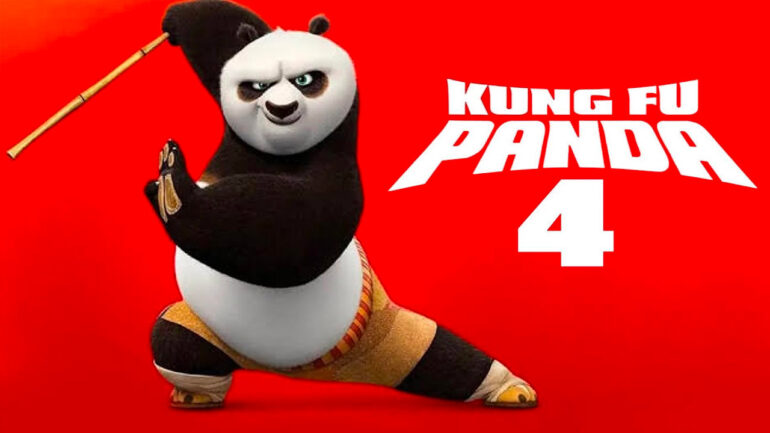
The Lord of the Rings: The War of the Rohirrim. This new animated adaptation of Tolkien’s epic is set 183 years before the events of The Lord of the Rings: The Two Towers and stars Brian Cox as Helm Hammerhand, the legendary king of Rohan who must battle an army of Dunlendings. Directed by Kenji Kamiyama. With Miranda Otto and Shaun Dooley. New Line/Warner Bros./Sola; Dec. 13

The Magnificent Life of Marcel Pagnol. Acclaimed director’s Sylvain Chomet (The Triplets of Belleville) much-anticipated new movie is set in 1955 and follows the life and adventures of celebrated French writer, playwright and filmmaker Pagnol. Onyx Films/ON Animation/Walking the Dog/Sony Pictures Classics

Mobile Suit Gundam SEED Freedom. Directed by Mitsuo Fukuda, the film takes place one year after the events of Mobile Suit Gundam SEED Destiny in Cosmic Era 75 and centers on Kira Yamato and Lacus Clyne. Bandai Namco Filmworks/Shochiku; Jan. 26 (Japan)

Mufasa: The Lion King. After becoming king of the Pride Lands, Simba tries to teach his cub about the origins of his own late father, Mufasa (Aaron Pierre), in this CG-animated photorealistic musical drama, directed by Oscar winner Barry Jenkins (Moonlight) and written by Jeff Nathanson. With the voices of Seth Rogen, Billy Eichner, Kelvin Harrison Jr. and John Kani. Music by Hans Zimmer, Pharrell Williams and Nicholas Britell. Disney/Pastel Productions; Dec. 20

Night of the Zoopocalypse. This family comedy follows a group of animals who become zombies after their zoo is hit by a meteor. Directed by Ricardo Curtis and Rodrigo Perez-Castro. With the voices of David Harbour, Paul Sun-Hyung Lee, Scott Thompson and Gabbi Kosmidis. Mac Guff/L’Atelier/Elevation/Apollo Films
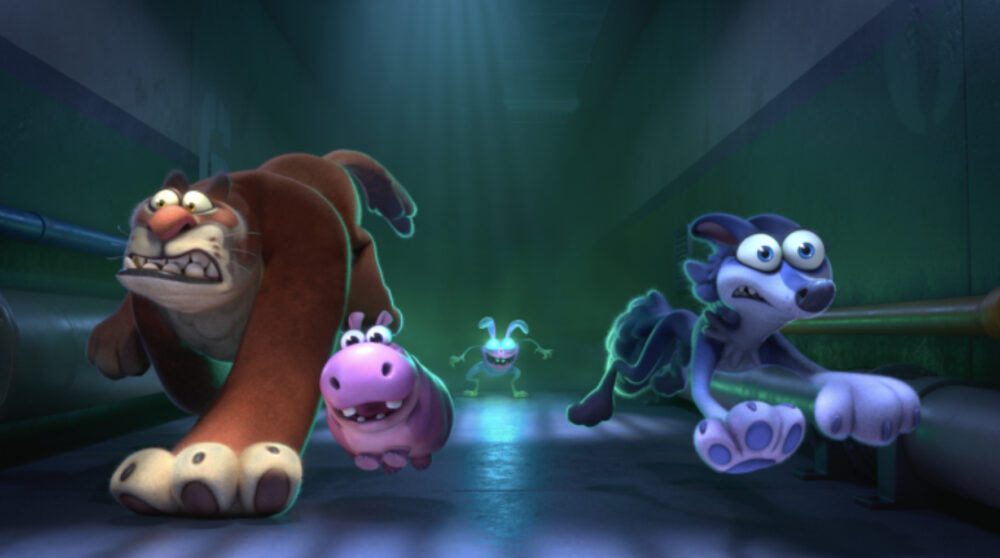
Orion and the Dark. Based on the book by Emma Yarlett, the movie centers on an anxious boy (Jacob Tremblay) who is visited by his biggest fear — the Dark (Paul Walter Hauser)— and is whisked away on a trip around the world to conquer his fears. With the voice of Werner Herzog. Sean Charmatz directs from a screenplay by Charlie Kaufman. DreamWorks/Netflix; Feb. 2

Saving Bikini Bottom: The Sandy Cheeks Movie. When Bikini Bottom is suddenly scooped out of the ocean, Sandy Cheeks and SpongeBob journey to Sandy’s home state of Texas, where they meet Sandy’s family in this fourth SpongeBob theatrical movie. Liza Johnson directs from a script by cartoonist Kaz and Tom Stern. With the voices of Carolyn Lawrence, Tom Kenny, Bill Fagerbakke, Wanda Sykes, Loretta Devine, Johnny Knoxville, Craig Robinson and Grey DeLisle. Nickelodeon/Netflix
Sonic the Hedgehog 3. Directed by series regular Jeff Fowler, this third installment in the movie adventures of Sega’s speedy blue hero (voiced by Ben Schwartz) finds the entire Donut family traveling to Egypt where Sonic meets a pink hedgehog who claims to predict the future, while Robotnik returns from hell and awakens a new challenger, Shadow the Hedgehog. Paramount/Blur/Marza/Sega; Dec. 10

Spellbound. Directed by Vicky Jenson, this second Skydance Animation feature follows a young princess (voiced by Rachel Zegler) in the kingdom of Lumbria who must break the spell that turned her parents (voiced by Nicole Kidman and Javier Bardem) into monsters. With the voices of John Lithgow, Jenifer Lewis, Nathan Lane. Music by Alan Menken and Glenn Slater. Produced by John Lasseter. Skydance Animation/Netflix
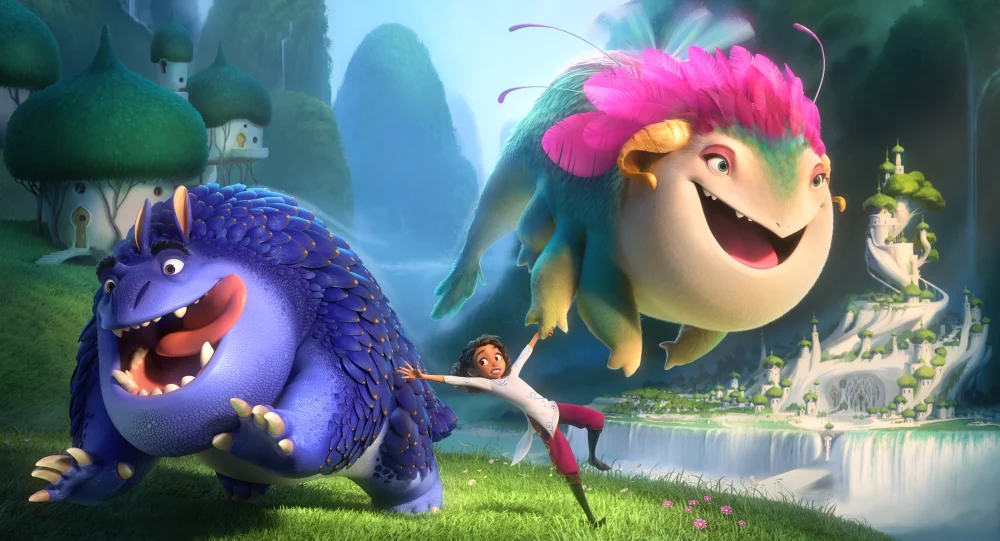
That Christmas. DreamWorks veteran Simon Otto (How to Train Your Dragon) directs this holiday feature based on the book series by Richard Curtis. It follows several entwined tales about love and loneliness, family and friends, and Santa Claus making a big mistake — as well as an enormous number of turkeys! Locksmith Animation/DNEG/Netflix

Thelma the Unicorn. When a pony’s dream of becoming a glamorous superstar unicorn comes true, she learns that fame and fortune come with a cost and she longs for her simple, sparkle-free life back home. Directed by Jared Hess and Lynn Wang, and based on Aaron Blabey’s (The Bad Guys) popular book series. Mikros Animation/Netflix, May 2024

The Tiger’s Apprentice. A young Chinese-American boy discovers he’s part of a long lineage of magical protectors known as the Guardians, and he now must bring the estranged Zodiac animal warriors back together to fight evil forces in this adaptation of Lawrence Yep’s trilogy, directed by Raman Hui, Yong Duk Jhun and Paul Watling. With the voices of Leah Lewis, Michelle Yeoh, Sandra Oh, Henry Golding, Lucy Liu and Bowen Yang. Paramount/Mikros/Paramount+; Feb. 2

Transformers One. Josh Cooley (Toy Story 4) directs this animated prequel set on Cybertron that revolves around the relationship between Optimus Prime (Chris Hemsworth) and Megatron (Brian Tyree Henry). With the voices of Scarlett Johansson (Elita), Keegan-Michael Key (Bumblebee), Jon Hamm (Sentinel Prime) and Laurence Fishburne (Alpha Trion). ILM/Entertainment One/Hasbro/Paramount; Sept. 13

Trouble. When 13-year-old Jax gets in trouble with his family, he is swept away into a parallel reality known as the World of Trouble in this movie co-created by Danny McBride and Brad Lewis. Rough House Pictures/Spire Animation Studios
Ultraman: Rising. Shannon Tindle (Kubo and the Two Strings) and John Aoshima (storyboard artist, Maya and the Three) direct this beautifully designed animated take on the popular Japanese sci-fi franchise, which was first introduced in 1966. The movie follows the adventures of an alien race of superheroes who often combat kaiju or other aliens. Netflix/ILM/Tsuburaya Productions; June 14.

Untitled Wallace and Gromit Movie. The second big-screen feature adventure of Aardman Animations’ popular plasticine inventor and his clever cheese-loving dog is directed by Nick Park. The plotline is rumored to revolve a ‘Smart Gnome,’ invented by Wallace, who develops a mind of his own. Then, it’s up to Gromit to battle the Gnome’s evil plans and save his master from the sinister machine. Aardman Animations/Netflix; Fourth Quarter

The Wild Robot. Chris Sanders (Lilo & Stitch, How to Train Your Dragon) directs this adaptation of Peter Brown’s illustrated book about the bond between a castaway robot named Rozzum 7134, an orphaned gosling named Brightbill, and their misfit animal friends on a deserted island. Universal/DreamWorks; Fall
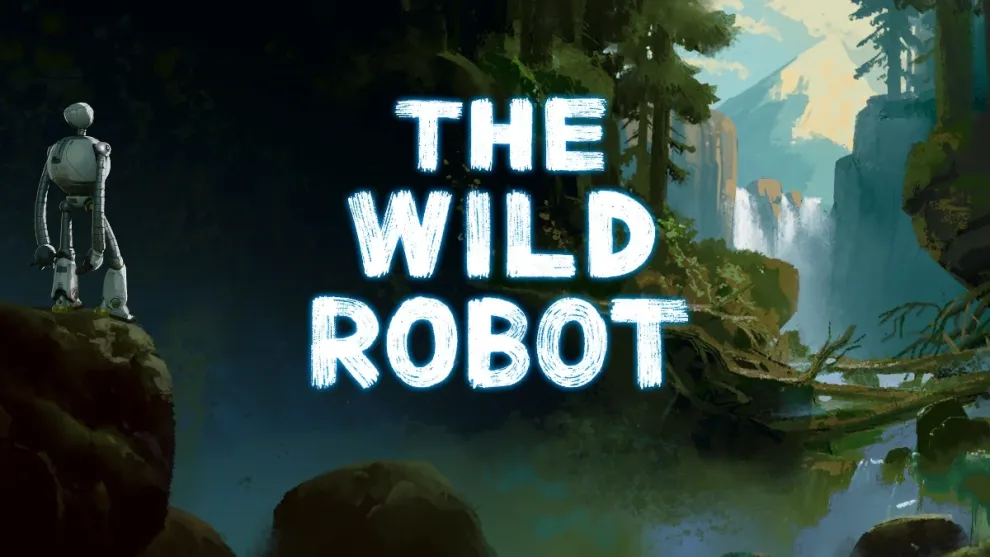
Sources: imdb.com, wikipedia, animationmagazine.net



